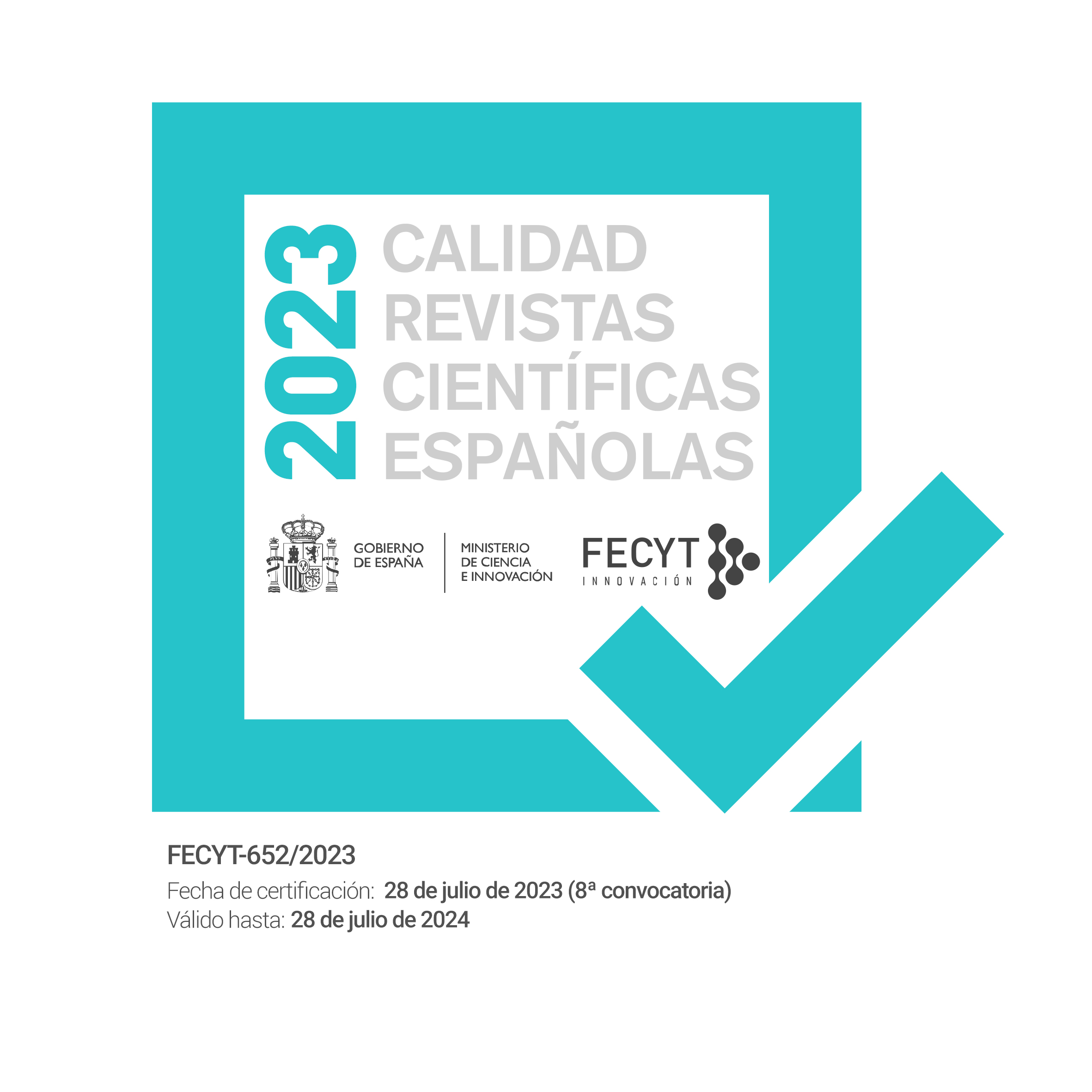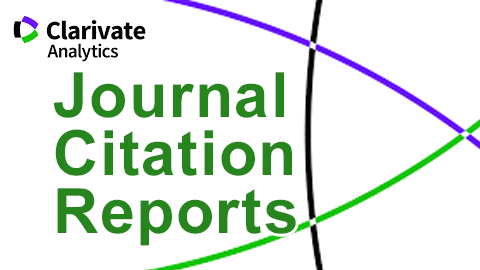Metaphor Co-Creation in Reframing Cybersecurity Issues
Abstract
The paper substantiates the explanatory and interpretative potential of analogical reasoning in resolving the ambiguity of defining cybersecurity. By applying cognitive linguistics and corpus linguistics methods, it presents an attempt to showcase how the metaphor co-creation strategy may be helpful in reframing the discourse around cybersecurity dominated by inapt metaphors. The latter, in their turn, prompt wrong inferences, which ultimately results in false decisions about the nature of cyber vulnerabilities. The comparison of the conversational valence introduced by professional audience and laymen involved in the campaign of co-creating new metaphor-based utterances reveals how it channels the cybersecurity discourse, and is followed by outlining the implications of applying the newly created metaphors.
References
Adomavicius, G., Bockstedt, J.C., Gupta, A., & Kauffman, R.J. (2004). An Ecosystem Model of Technology Evolution. Retrieved from http://misrc.umn.edu/workingpapers/fullpapers/2004/0429_112404.pdf , December 12, 2019.
Akaka, M. A., Schau, H. J., & Vargo, S. L. (2013). The co-creation of value in cultural context. In R. W. Belk, L. Price, & L. Peñaloza (Eds.), Consumer culture theory (Vol. 15, pp. 265–284). Bingley, England: Emerald.
Bacile, T. J., Ye, C., & Swilley, E. (2014). From firm-controlled to consumer-contributed: Consumer co-production of personal media marketing communication. Journal of Interactive Marketing, 28, 117–133. doi:10.1016/j.intmar.2013.12.001
Betz, D. J., & Stevens, T. (2013). Analogical reasoning and cyber security. Security Dialogue, 44(2), 147–164. Retrieved from: https://doi.org/10.1177/0967010613478323, November 29, 2019.
Betz, D.J., & Stevens, T. (2011). Cyberspace and the State: Toward a Strategy for Cyber-Power. Abingdon: Routledge.
Bobrow, D.B. (1996) Complex insecurity: Implications of a sobering metaphor: 1996 presidential address. International Studies Quarterly 40(4): 435–450.
du Bois, J. W. (2014). Towards a dialogic syntax. Cognitive Linguistics, 25, 359–410. doi:10.1515/cog-2014-0024
Brito, J., & Watkins, T. (2011). Loving the cyber bomb? The dangers of threat inflation in cybersecurity policy. Working Paper, 11-24. Arlington, VA: Mercatus Center, George Mason University.
Charney, S. (2010). Collective Defense: Applying Public Health Models to the Internet. Microsoft. Retrieved from: http://www.microsoft.com/mscorp/twc/endtoendtrust/vision/internethealth.aspx October 20, 2019.
Conway, M. (2008). Media, fear and the hyperreal: The construction of cyberterrorism as the ultimate threat to critical infrastructures. In: Dunn Cavelty, M. and Kristensen, K.S. (Eds.) Securing «the Homeland’: Critical Infrastructure, Risk and (In)security (pp. 109–129) London: Routledge.
Esbrí-Blasco, M., Girón-García, C. & Renau, M.L. (2019). Metaphors in the digital world: The case of metaphorical frames in «Facebook’ and «Amazon’. Series: Applications of Cognitive Linguistics, nº 39. Mouton de Gruyter
Fillmore, C.J. (1982). Frame semantics. In The Linguistics Society of Korea (Ed.), Linguistics in the Morning. Seoul: Hanshin, 111–137.
Gebauer, J., Füller, J., & Pezzei, R. (2013). The dark and the bright side of co-creation: Triggers of member behavior in online innovation communities. Journal of Business Research, 66, 1516–1527. doi:10.1016/j.jbusres.2012.09.013
Gozzi, R. Jr. (1994). The Free Library by Farlex, July 1994. Retrieved from: http://www.thefreelibrary.com/The+cyberspace+metaphor.-a015543199 October 21, 2019.
Hallam-Baker, P. (2008). dotCrime Manifesto: How to Stop Internet Crime. Upper Saddle River, NJ: Addison-Wesley.
Hendriks, H., van den Putte, B., & de Bruijn, G. (2014). Changing the conversation: The influence of emotions on conversational valence and alcohol consumption. Prevention Science, 15, 684–693. doi:10.1007/s11121-013-0418-2
van den Heerik, R. M., van Hooijdonk, Ch.M. J., Burgers, Ch. & Steen, G. J. (2017). «Smoking Is Sóóó ... Sandals and White Socks»: Co-Creation of a Dutch Anti-Smoking Campaign to Change Social Norms, Health Communication, 32:5, 621-628, doi:10.1080/10410236.2016.1168000
Hook, G.D. (1984). The nuclearization of language: Nuclear allergy as political metaphor. Journal of Peace Research 21(3): 259–275.
Hoyer, W. D., Chandy, R., Dorotic, M., Krafft, M., & Singh, S. S. (2010). Consumer cocreation in new product development. Journal of Service Research, 13, 283–296. doi:10.1177/1094670510375604
Iansiti, M., & Richards, G.L. (2005). Information Technology Ecosystem Health and Performance. Retrieved from: http://www.hbs.edu/research/pdf/06-034.pdf, October 20, 2019.
Küpers, W. (2012). Analogical Reasoning. In: Seel N.M. (eds.) Encyclopedia of the Sciences of Learning. Springer, Boston, MA.
Karas, T. H., Parrott, L.K., Moore, J.H. (2008). Metaphors for Cyber Security, Sandia National Laboratories, Albuquerque, NM 87185-0839.
Lakoff, G. (1987). The death of dead metaphor. Metaphor & Symbolic Activity 2(2): 143–147.
Lakoff, G., Johnson, M. (1980). Metaphors We Live By. Chicago, IL: University of Chicago
Press.
Landwehr, C., Bull, A. R., McDermott, J. P., and Choi, W. S. (1994). A Taxonomy of Computer Program Security Flaws, with Examples. ACM Computing Surv., 26, 3, 211-254.
Lapointe, A. (2011). When Good Metaphors Go Bad: The Metaphoric «Branding’ of Cyberspace. Center for Strategic and International Studies. Retrieved from: https://www.csis.org/analysis/when-good-metaphors-go-bad-metaphoric-branding-cyberspace, Novemmer 3, 2019.
Lawson, S. (2012). Putting the «war» in cyberwar: Metaphor, analogy, and cybersecurity discourse in the United States. First Monday, Volume 17, Number 7 - 2 July 2012.
Retrieved from: https://firstmonday.org/ojs/index.php/fm/article/view/3848/3270, November 17, 2019. doi:10.5210/fm.v17i7.3848.
Muntinga, D. G., Moorman, M., & Smit, E. G. (2011). Introducing COBRAs: Exploring motivations for brand-related social media use. International Journal of Advertising, 30, 13–46. doi:10.2501/IJA-30-1-013-046
Ortony, A. (Ed.). (1979). Metaphor and thought. New York: Cambridge University Press.
Prahalad, C. K., & Ramaswamy, V. (2004). Co-creation experiences: The next practice in value creation. Journal of Interactive Marketing, 18, 5–14. doi:10.1002/dir.20015
Rauscher, K.F., & Yaschenko, V. (2011). Critical Terminology Foundations. New York: East West Institute.
Ruiter, R. A., Kessels, L. T., Peters, G. J. Y., & Kok, G. (2014). Sixty years of fear appeal research: Current state of the evidence. International Journal of Psychology, 49, 63–70. doi:10.1002/ijop.12042
Schön, D. A. (1979). Generative metaphor: A perspective on problem-setting in social policy. In A. Ortony (ed.) Metaphors and Thought, pp. 254-283. Cambridge: Cambridge University Press.
Smith, A. N., Fischer, E., & Yongjian, C. (2012). How does brand-related user-generated content differ across YouTube, Facebook, and Twitter? Journal of Interactive Marketing, 26, 102–113. doi:10.1016/j.intmar.2012.01.002
Stohl, M. (2006). Cyber terrorism: A clear and present danger, the sum of all fears, breaking point, or patriot games? Crime, Law & Social Change 46(4–5): 223–238.
Wisniewski, C. (2013). Comment: There’s No Such Thing as Cyber War. Infosecurity Magazine. Retrieved from http://www.infosecurity-magazine.com/view/33755/comment-theresno-such-thing-as-cyber-war-/, June 19, 2019.
Wolff, J. (2014). Cybersecurity as Metaphor: Policy and Defense Implications of Computer Security Metaphors. Paper presented at TPRC Conference, March 31, 2014. Retrieved from: http://dx.doi.org/10.2139/ssrn.2418638, May 30, 2019.
Zwass, V. (2010). Co-creation: Toward a taxonomy and an integrated research perspective. International Journal of Electronic Commerce, 15 (1), 11–48. doi:10.2753/JEC1086-4415150101
Downloads
Published
Issue
Section
License
Attribution - Non-commercial (CC BY-NC). Under this license the user can copy, distribute and publicly display the work and can create derivative works as long as these new creations acknowledge the authorship of the original work and are not used commercially.
Authors retain the copyright and full publishing rights without restrictions.









